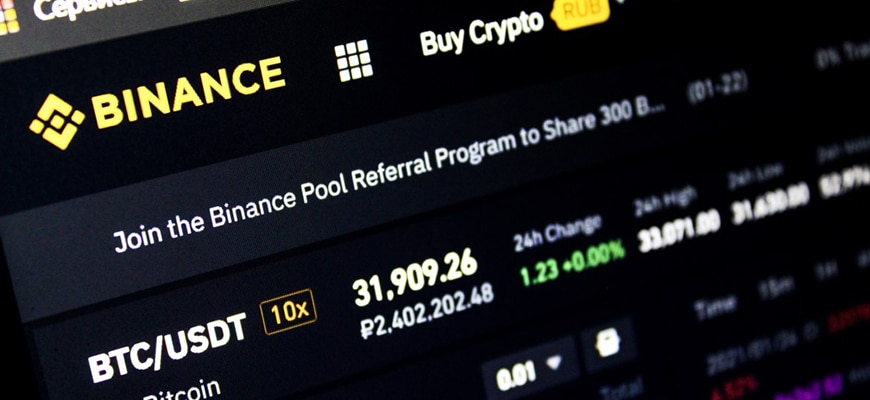Central Bank Digital Currency (CBDC) are digital currencies that are issued by the central bank and whose status as legal tender is determined by government regulation or law.
What are central bank digital currencies?
Central bank digital currencies (CBDC) are fiat currencies that exist in digital form and are issued by central banks. CBDCs remain fully in the orbit of the traditional, mediated financial system of fiat currencies, which are backed by trust in the issuer of the currency: the national central bank and, therefore, the sovereign government or political power behind it.
It is a concept inspired by – but different from – real cryptocurrencies such as Bitcoin (BTC) or Ethereum (ETH). CBDCs represent fiat currencies such as the U.S. dollar, the euro or the Japanese yen because they are issued digitally by the central banks of their states.
World-wide adoption of central bank digital currencies (CBDC)
As of March 2022, there are only a handful of publicly available CBDCs worldwide, such as in the Bahamas, followed by Nigeria and the Eastern Caribbean Union. In most cases, they exist only as trial projects, such as the People’s Bank of China’s digital currency/electronic payments (DCEP) or Uruguay’s e-peso.
This explains the fact that as of June 2022, more than 105 countries were considering issuing CBDCs, according to the Atlantic Council. You can track a country’s CBDC status here.
CBDCs versus fiat currencies
CBDCs may or may not use distributed databases such as blockchain; however, they cannot be considered true cryptocurrencies. They cannot be called decentralized because the issuing central banks retain full control over production and distribution – similar to what happens with traditional fiat currencies. The value of these currencies is also not backed by anything other than the public’s trust in the issuer.
The Federal Reserve also released a paper describing the benefits of CBDCs. Among the benefits was the potential for CBDC to replace existing cross-border payment systems, as it is a much cheaper and faster alternative. However, it would require a high level of global cooperation to achieve this goal. The paper also states that CBDCs can help reduce the use of paper money, which is not subject to credit and liquidity risk.CBDCs are issued by and regulated by the country’s competent monetary authority. This form of currency is not the same as cryptocurrencies.
How are central bank digital currencies (CBDCs) structured?
Text – “Account-based CBDCs and token-based CBDCs are two commonly used forms of development. Central banks from around the world have to take into account certain features of CBDCs, including access, privacy, and how they are distributed. This is because CBDCs are still in the orbit of traditional currencies, so they must be easily accessible to all users and should not be too complex, as this could make transactions difficult for users.
Token-based CBDCs provide universal access to all users at the expense of stricter law enforcement. Token-based technology functions similarly to blockchain technology in that it uses distributed ledger technology to validate the chain of ownership to confirm transactions. In addition, it can cause a high risk of end users losing keys or tokens stored in the wallet without storage.
As the name implies, account-based CBDCs rely on the identity of bank account holders. For this reason, account-based CBDCs require digital identification to access the account. This method is used less frequently due to the fact that it still depends on an ongoing relationship with the bank. In a transaction, each payment is handled separately by the banks by debiting the sender’s CBDC account and crediting the recipient’s account. Bank accounts verify the identity of both parties in the transaction, which requires the use of modern systems to uniquely verify each user of the payment system.
However, countries like El Salvador are making waves by accepting bitcoin as legal tender. In contrast to bitcoin, which is a decentralized cryptocurrency, the central bank digital currency (CBDC) is centralized and regulated. They are officially used as a medium of exchange in countries along with official currencies.








